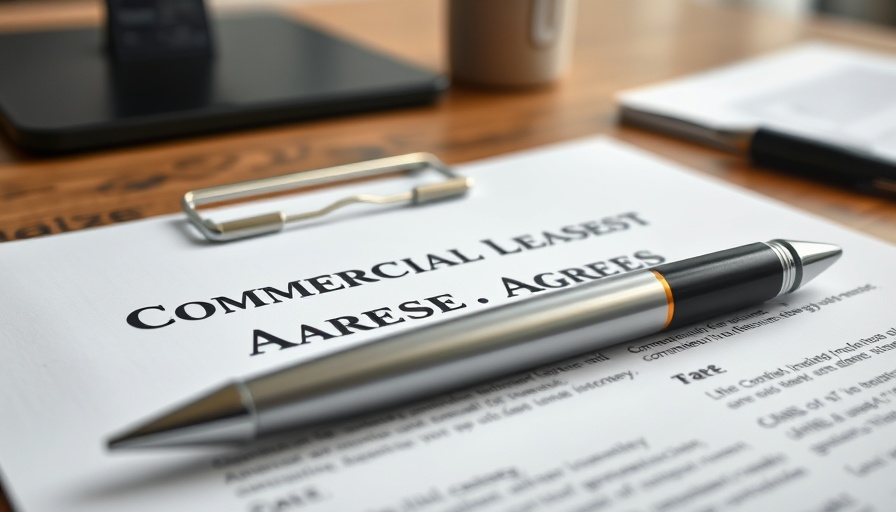
Understanding Lease Length: A Critical Decision for Tenants
When renting a commercial or residential space, choosing the right lease length is vital. This decision can significantly impact not just your financial stability but also your business's long-term strategy. Whether you’re leasing an office or an apartment, understanding the nuances between short-term and long-term leases can save you both money and hassle.
The Case for Short-Term Leases: Flexibility and Experimentation
Short-term leases, which typically last anywhere from month-to-month up to one year, offer flexibility. This option is perfect for tenants who might:
- Be uncertain about their long-term needs.
- Anticipate shifts in business conditions or lifestyle changes.
- Wish to test a location before making a longer commitment.
While these leases provide the freedom to move, they may come with higher monthly rates and less stability compared to longer leases.
Long-Term Leases: Predictability and Investment Stability
On the other hand, long-term leases, generally ranging from two to ten years or more, offer the benefit of stability. They can be ideal for individuals or businesses that:
- Require a fixed location for their operations.
- Are ready to invest in property improvements.
- Value a steady rental rate over time.
However, locking into a lengthy agreement can be risky, especially if market conditions shift or business needs change unexpectedly.
Key Considerations for Your Lease Duration
1. Business Needs: Evaluate your growth trajectory. If you expect to expand soon, a short lease can afford necessary flexibility.
2. Market Dynamics: Investigate your local real estate trends. In a tight market, longer leases might guard against rising rents.
3. Financial Readiness: A long-term lease is a significant financial commitment, so ensure your finances align with your leasing plans.
Final Thoughts: Make an Informed Choice
Deciding how long of a lease to sign is a significant commitment. By weighing both your immediate and future needs, as well as the economic landscape, you can choose a lease that supports your goals and minimizes risks.
 Add Row
Add Row  Add
Add 




Write A Comment